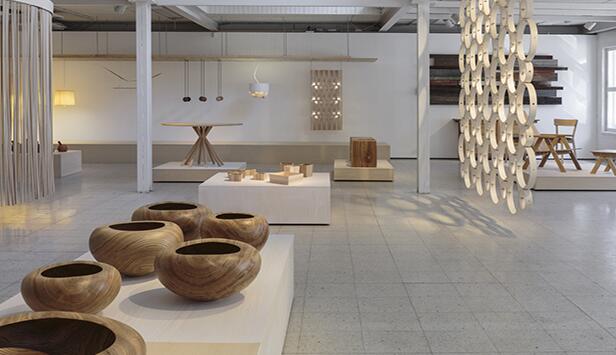
China board trading network news:
The difference between wood decay and mold, discoloration
The decay of wood (white rot, brown rot, soft rot), wood mold, and discoloration are caused by the erosion of wood by different fungi, and all require certain temperature and humidity to grow.
The decay of wood is caused by the decomposition of wood by decaying bacteria, including cellulose, hemicellulose, and lignin. Wood decay significantly reduces the mechanical strength of wood and renders the wood ineffective; wood mold mainly occurs on the surface of wood, and mold is absorbed. Wood sugar, starch, and other nutrients do not damage the cell walls of the wood and therefore do not substantially affect the mechanical strength of the wood.
Wood discoloration is the color displayed by the mycelia of wood after being attacked by discoloration bacteria. It mainly occurs in the sapwood section of the wood. Like molds, the discoloration bacteria absorb wood sugar and starch and have little effect on the mechanical strength of the wood. Mildew and discoloration of wood can affect the appearance of wood and reduce the commercial value of wood.
The status of anti-mildew in domestic wood
China is a country with little timber resources. Coupled with the country's policy of ban on logging and cutting wood, almost no deforestation is carried out in forest areas. Even if indicators are felled, they are coniferous materials such as masson pine and Chinese fir. Mainly used in construction, mining, packaging and other industries, the anti-mold and anti-discoloration requirements are not high. Therefore, China's anti-mold and anti-mold technology for wood lags behind developed countries such as the United States, Canada and Australia.
China's current application of anti-mold and anti-discoloration treatment areas include: rubber wood, bamboo products, wood-based panels, Scots pine sawn timber and so on. The most processing scale is rubber wood processing. About 300,000 cubic meters of rubber wood is used every year in Hainan and Yunnan for anti-mold, anti-discoloration and insect repellent treatment, while in other fields, the scale is very small.
In terms of anti-mold agents, sodium pentachlorophenol is mainly used in China at present. Although sodium pentachlorophenol is too toxic, the state has stipulated that production and use are prohibited, but due to its low cost and good effect, there are still enterprises that produce it. Sales. In Hainan, due to the fact that the Bureau of Agricultural Land Reclamation has banned the use of sodium pentachlorophenol, the use of low-toxic AEM5700 series of anti-mould agents has gradually increased, while sodium pentachlorophenol has been drastically reduced.
AEM5700 wood mold inhibitor
At present, an antifungal agent named AEM5700 can replace the sodium pentachlorophenol mildewcide. AEM5700 is divided into infiltrating and spraying type. 98% of active ingredients can avoid the deterioration or discoloration caused by bacteria, mold, algae and yeast. Can maintain the freshness of furniture and other items. Can extend the life of bamboo products. Can make the goods clean and insect-proof.
AEM5700 wood mold inhibitor is easy to use and safe. Treated wood can be maintained for 2 to 3 months without mildew.
The above information, relevant Baoyuan plate supply information, plate purchase, etc. Please pay attention to the Chinese plate trading network
Freestanding Tub Faucet,Freestanding Bathtub Faucets,Free Standing Bath Tub Faucets,Freestanding Waterfall Tub Faucet
JIAHAOJIA SANITARY WARE INDUSTRY CO., LTD. , https://www.gagalfaucet.com
